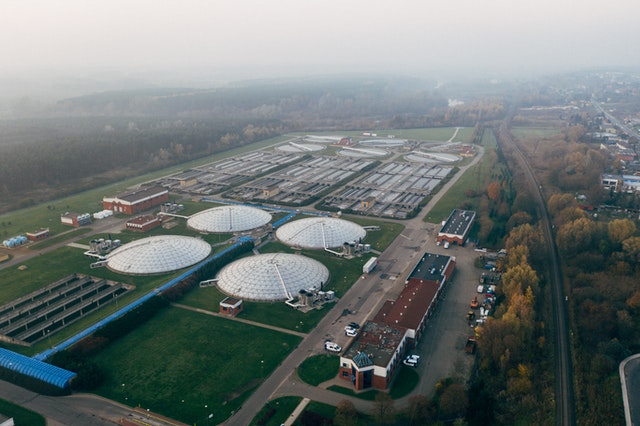
The Latin Finance Magazine 2020, quarter 3, reports that Brazil still struggles with a lack of infrastructure to bring clean water and sewage treatment to the majority of the country. New investment, however, appears poised to pump in needed resources to filter out fetid water. Please read the selected paragraphs from the article and if interested to read further click on
Brazil’s water and sewage misery could now create opportunities for investors to clean up while helping the country close one of its most shameful social gaps. After many years of debates, a new bill was approved in July by Congress that creates a new framework for investments in the sector. It couldn’t have come soon enough: experts believe that a total investment of between BRL700 and BRL900 billion will be required through 2033 to universalize the services. With governments at all levels virtually broke, it will be up to the private sector to dish out much of the money.
Even before the framework was approved, the private sector already played a role in water and sewage services, albeit a small one. By the end of 2019, private companies answered to a mere 5.2% of the market, but 21% of annual investments, according to Abcon, a trade association for the water and sewage sector. The remainder is under the responsibility of companies owned by state governments that are notorious for their inefficiency and waste.
The new framework intends to change this situation by increasing legal security and removing hurdles to the offering of concessions and PPPs (public private partnerships) that are economically viable. Among other measures, it strengthens the role of ANA, a regulatory agency, in supervising the segment. It also creates incentives for the bundling of several different townships in a single concession, which could help extending services to poorer municipalities.
“We have seen a significant increase in the number of tenders,” said Percy Soares Neto, the chairman of Abcon. The association says that seven new tenders were launched in September alone, taking the 2020 total to 20 so far. Last year, the number was 23, and the average until 2018 hovered around 10 a year.
Financial markets are also on the move. Santander, Brazil’s third largest private sector banks, has setup a new, BRL5bln credit line dedicated to water and sewage projects, a first in the country. Carlos Brandão, the CEO of Iguá Saneamento, a water and sewage firm, said that several capital market investors and financial companies have sought out the company since the new framework was approved.
New investment opportunities should come mostly in the shape of concessions and PPPs to deliver sanitation services, but there could be also privatisations of state-owned companies, which have been facilitated by the new bill. Although much criticised for allowing the sector to deteriorate, they own significant portfolios of projects, and some are even listed in the stock exchange. One of the latter, Sabesp, which belongs to the government of the wealthy São Paulo state, has indicated that it plans to recapitalise itself and become a player in other parts of the country via partnerships with other companies.
Renato Sucupira, the chairman of consultancy BF Capital in São Paulo, sees little room for growth in a competitive market for the inefficient state-owned companies. But potential returns in the water and sewage sector could be so enticing, in times of rock-bottom interest rates, that all opportunities shall be looked at closely by savvy investors. Return-on-equity in the sector is already positive right now, he said, and, with the new framework, it could stand at around 15% a year for a long time.
The industry also hopes to benefit from the current demand by international investors for ESG (environmental, social and governance) opportunities. Soares Neto stressed that water and sewage clicks all the boxes, as it helps to reduce pollution, improves the quality of life of vulnerable people, and creates jobs locally, helping governments to collect taxes that can be used to fill other glaring gaps.Interested to read the complete article, click

